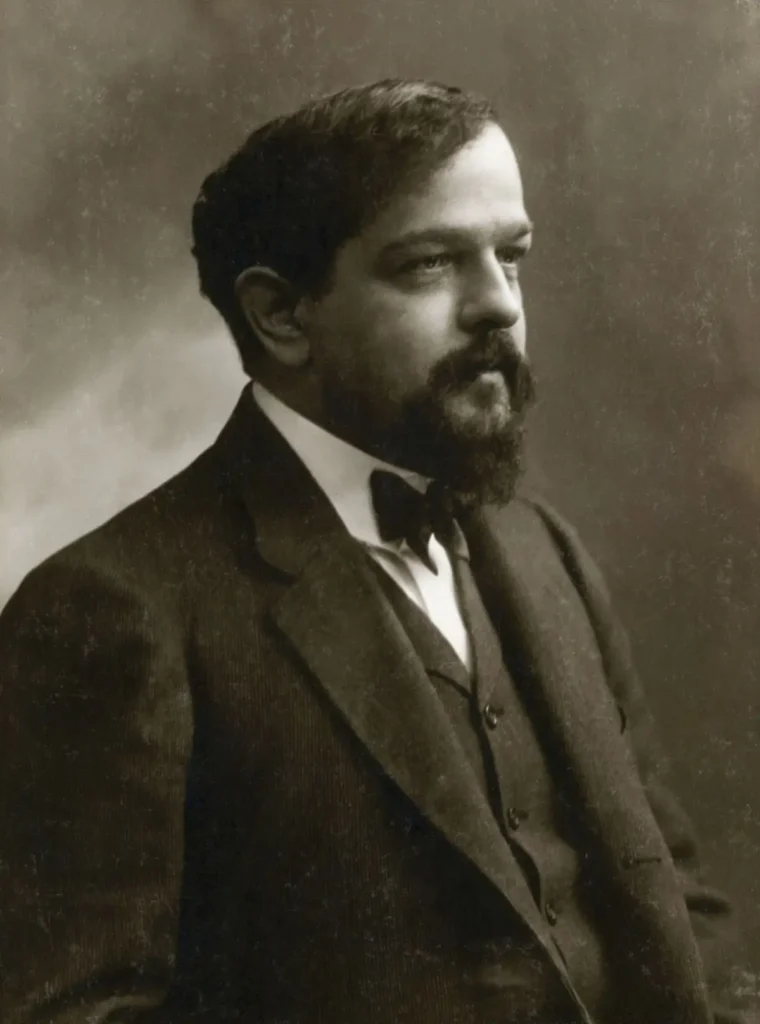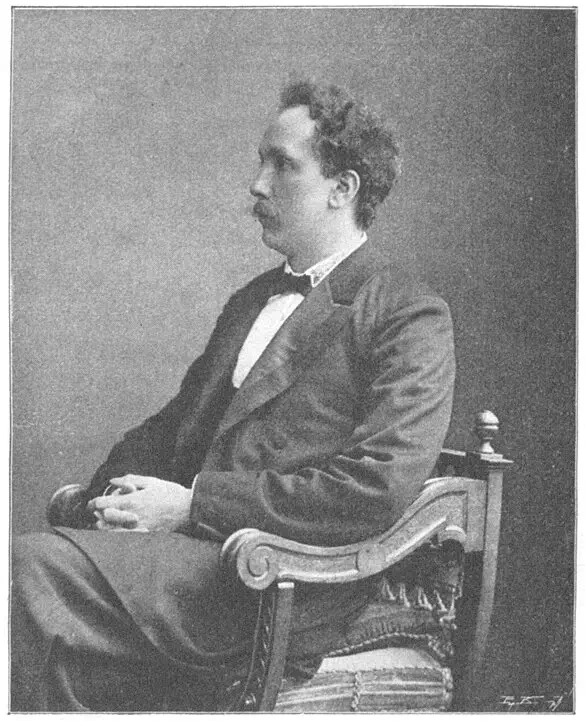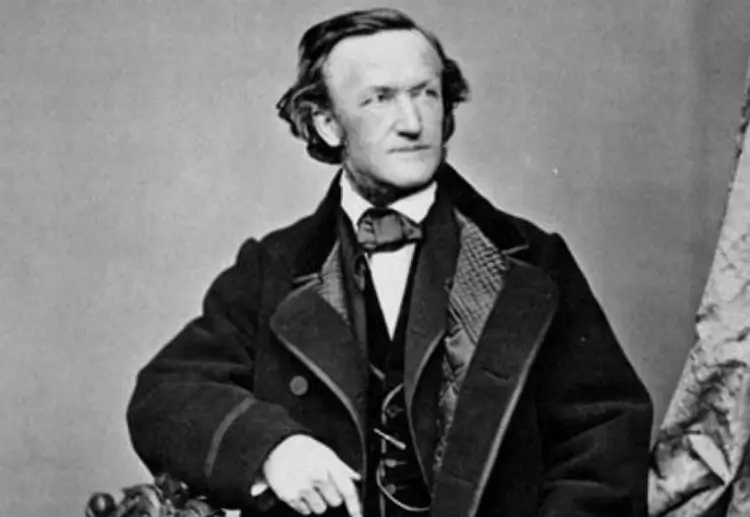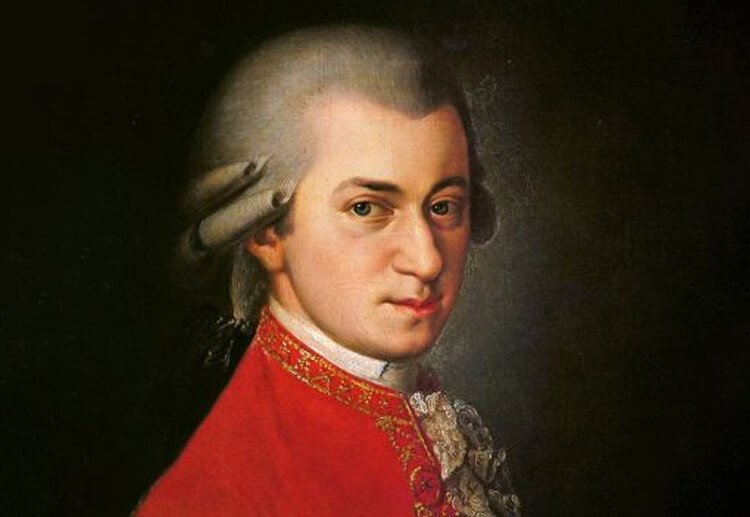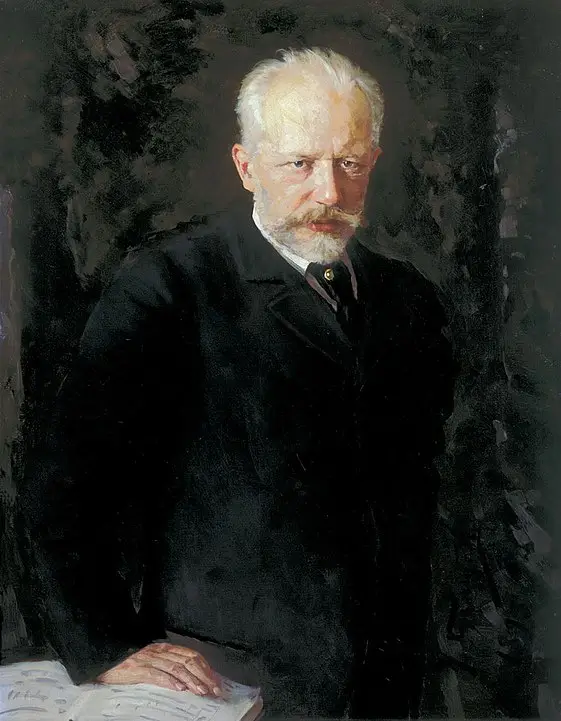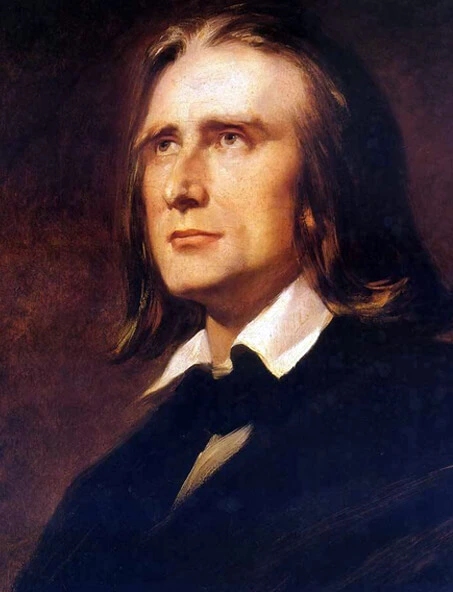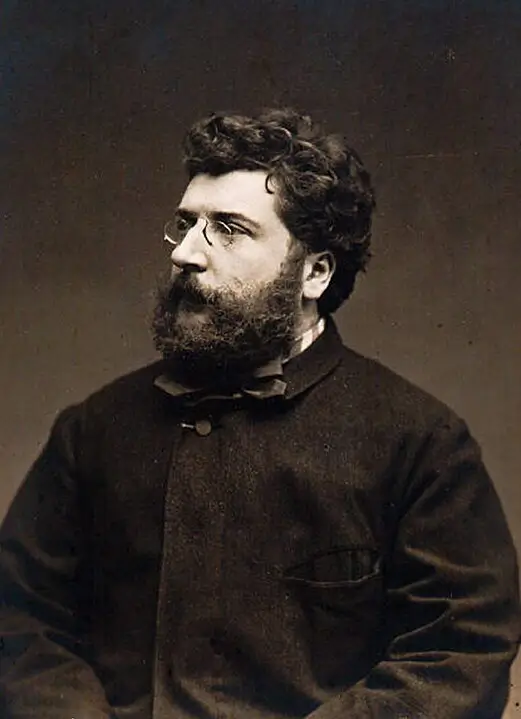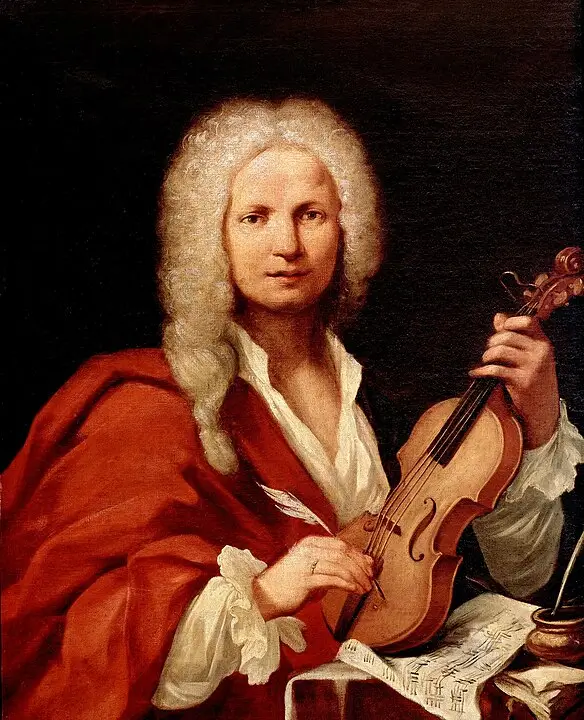Introduction
Achille-Claude Debussy, known simply as Claude Debussy, remains one of the most influential composers in the realm of Western classical music. His works are seminal in the transition from the Romantic music of the late 19th century to the modernist music of the 20th century. Debussy’s music is noted for its sensory content and frequent usage of non-traditional scales and tonal structures, often linked to the Impressionist movement in art. This article explores Debussy’s life, his musical evolution, major works, connections with other composers, and his enduring legacy.
Early Life
Born on August 22, 1862, in Saint-Germain-en-Laye, France, Claude Debussy was the eldest of five children. His father, Manuel-Achille Debussy, owned a china shop and his mother, Victorine Manoury Debussy, was a seamstress. The family faced financial instability, but Debussy showed early signs of musical talent. At the age of seven, he began piano lessons, and his gift was evident. His talents were nurtured by his aunt, who paid for his piano lessons.
Musical Training and Development
Debussy’s exceptional abilities led him to the Paris Conservatoire at the age of ten. Over the next eleven years, he studied piano, composition, and musical theory under eminent professors such as Ernest Guiraud and Antoine François Marmontel. Debussy was a brilliant student, albeit unconventional in his approach and often resistant to traditional structures and forms. His exposure to the works of Richard Wagner, particularly during his visits to Bayreuth in 1888 and 1889, was transformative, although he later eschewed Wagner’s concepts of leitmotif and endless melody.
Major Works and Compositions
Debussy’s oeuvre includes orchestral works, operas, chamber music, piano solos, and songs. Among his most famous compositions are “Prélude à l’après-midi d’un faune” (Prelude to the Afternoon of a Faun), “Clair de Lune” from “Suite Bergamasque,” and “La Mer.” These works exemplify his innovative use of musical form and harmony, which often evoke a mood or atmosphere rather than a detailed musical narrative. His only opera, “Pelléas et Mélisande,” broke new ground in its subtle approach to drama and vocal delivery.
Connections to Other Composers
Debussy’s relationships with other composers were complex. While influenced by Wagner, he later distanced himself from Wagnerian ideals. He had a contentious relationship with fellow French composer Maurice Ravel, with public comparisons often exacerbating tensions. Nonetheless, Debussy was influenced by the Symbolist poets and the French Impressionist painters, which shaped his approach to composition as an art form that transcends direct depiction to evoke a feeling or atmosphere.
Character and Philosophy
Debussy’s philosophy of music was marked by a desire to break free from established norms and to express music as art that suggests rather than defines. He famously said, “Music is the space between the notes.” This approach is evident in his use of unconventional scales like the whole tone scale, and his avoidance of traditional harmonic progressions to create a sense of ambiguity and fluidity in his compositions.
Life in Paris
Paris was the cultural heart of Europe during Debussy’s lifetime, and he was at the center of its artistic movements. His personal life, however, was marked by relationships fraught with tension and heartbreak. His marriage to Rosalie Texier ended in divorce, and his subsequent marriage to Emma Bardac was also troubled. Despite personal challenges, Paris provided the backdrop against which Debussy developed his unique musical language.
Death and Legacy
Debussy died of cancer on March 25, 1918, in Paris, amid the chaos of World War I. His death marked the end of an era but the beginning of a lasting legacy. Debussy’s music fundamentally altered the course of music. His innovative use of form, harmony, and texture opened new avenues for expression and had a profound influence on future generations of composers, including Stravinsky, Messiaen, and even jazz and film composers.
Conclusion
Claude Debussy’s contribution to music is immeasurable. His works continue to be celebrated for their sensory beauty and innovative structure. As an artist, Debussy was constantly in pursuit of beauty and truth, expressed through his subtle and evocative compositions. His legacy is not just in the notes he wrote but in the spaces he created between them, offering a realm of possibilities for those who seek to understand or expand the boundaries of music.

